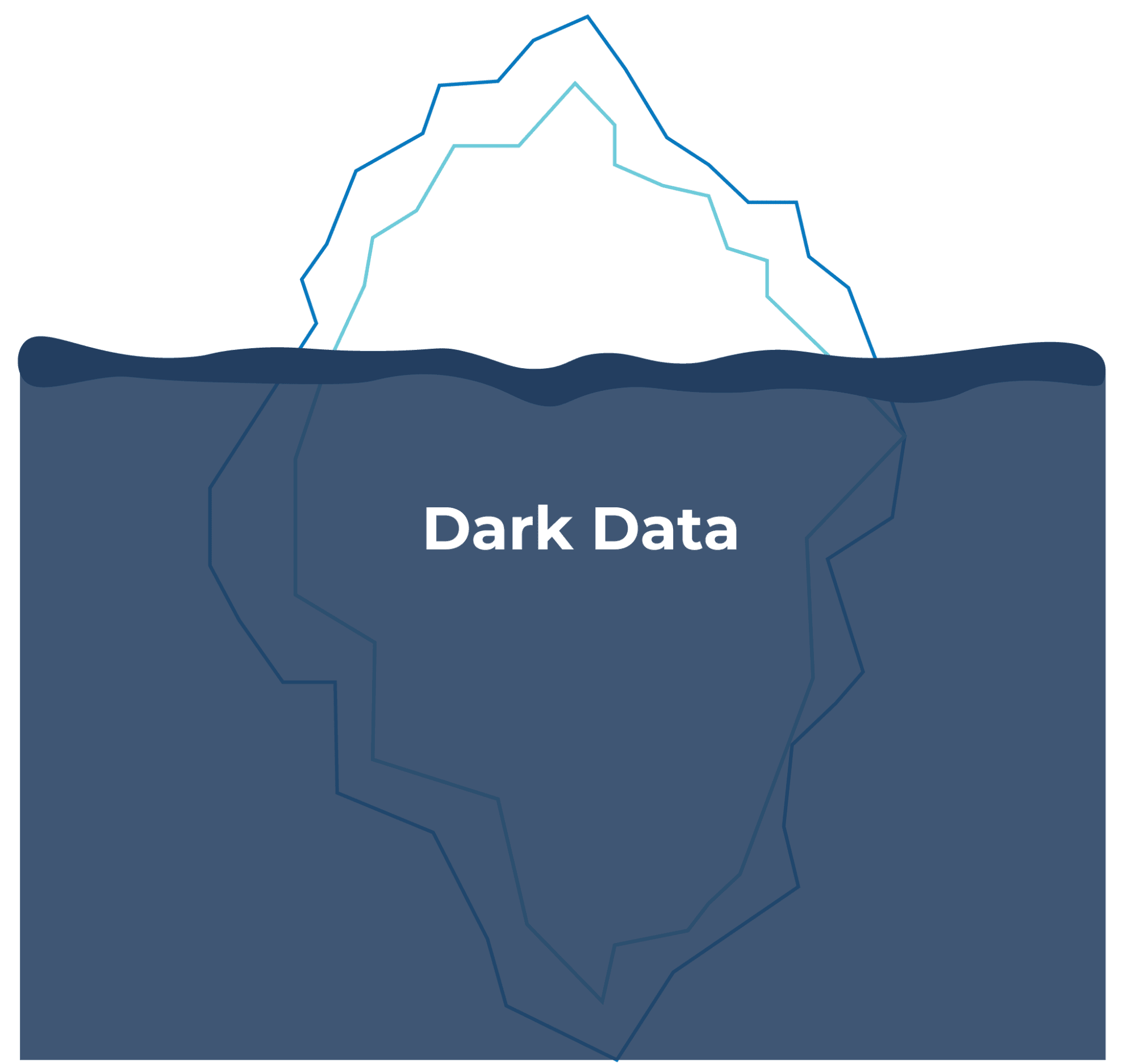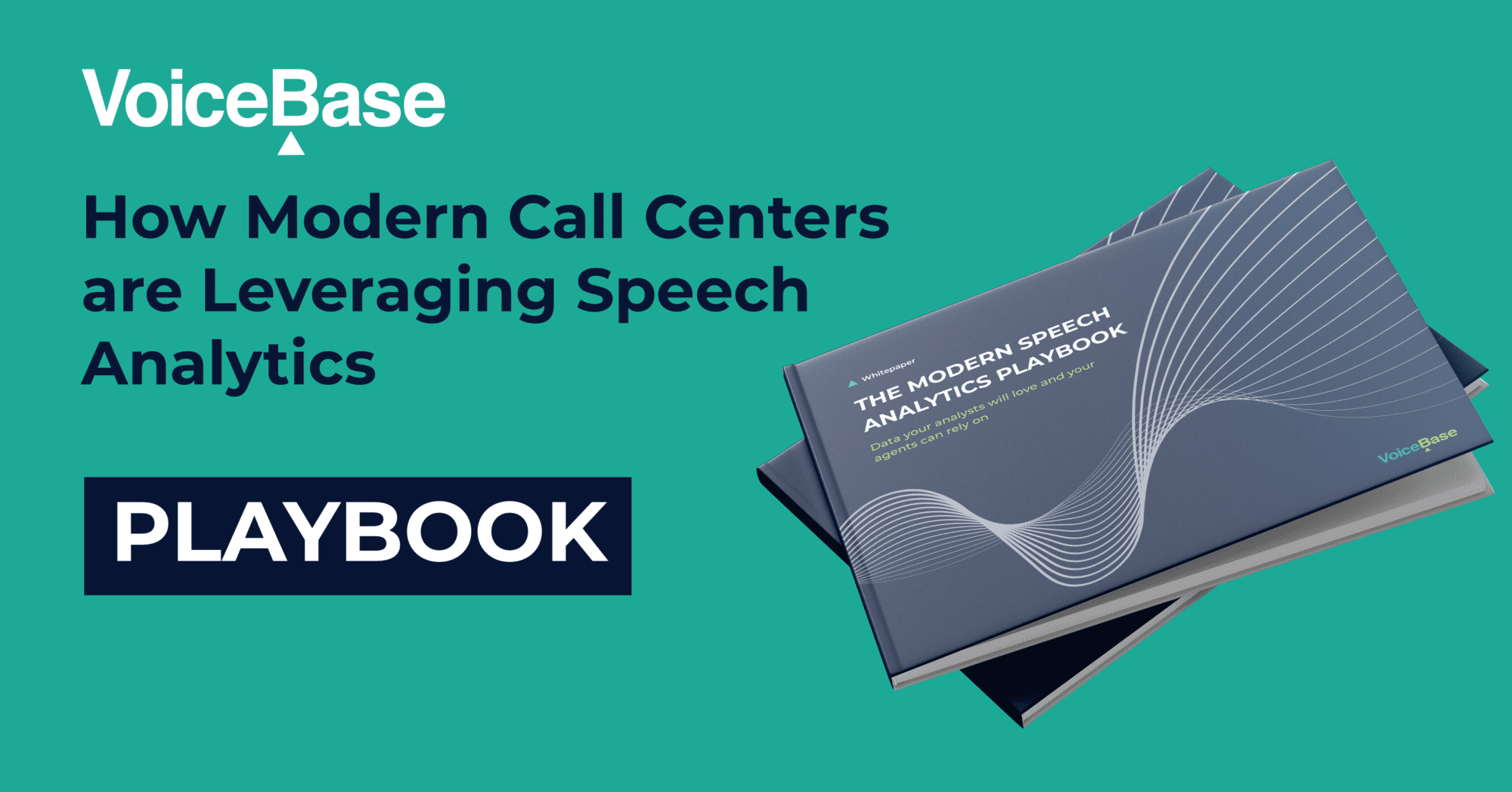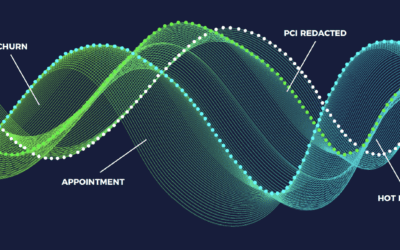Times are changing… data is for everyone
Our businesses and organizations are becoming increasingly complicated environments with each passing year. Inevitably, as you grow, you’re going to find yourself creating new data streams and repositories, starting special project groups, and hiring more people all along the way. Now more than ever, there is a profound emphasis being placed on breaking down the barriers between the different components of your business to create cohesive and transparent access of information for everyone.
To break the mold of your antiquated, siloed practices means to tap into a wealth of data that can spark game-changing improvements across the enterprise. And there’s perhaps no greater source of truth for transparent data than the voices going in and out of your call center. A lot of businesses have not yet taken advantage of emerging speech recognition technology—many are still only scoring 2–5 percent of their calls, leaving a vast majority of data unmined.
Being an early adopter of speech recognition and deep learning technology can give you a massive leg up on your competition. By harnessing the voice of the customer and your call center agents, you can connect the dots between all corners of the enterprise. Let’s explore a few of the ways that speech analytics and big data aggregation are helping businesses develop deeper insights from customer interaction.

Dark Data
Organizations are faced with increasingly large amounts of “dark data” – data that is untapped, siloed, and out of reach for most analysts or users who need it.
For example, if a contact center only “spot checks” about 3-4 calls by an agent per day, there is massive amounts of metrics not being measured. In order to get a good sample for solid insights, 100% of customer interactions should be measured to provide a complete picture.
Similarly, trends in sales or customer sentiment should be tracked across 100% of conversations to gain a clear picture of overall performance.
Sales: Ultimate Visibility into Key Metrics
So, your sales team is really performing lately. Reps are easily hitting goals, and some of your employees are far exceeding their quotas. Although you are riding high on the success now, do you know what it was exactly that caused the shift in performance? What methodologies are the big sellers using to set themselves apart from their colleagues? A lot of this information lives within the conversations your reps are having with your customers.
When you are able to record, monitor, and analyze all of a rep’s calls, you unlock a treasure trove of customer analytics that can help drive your overall sales strategy. Being able to study your champions’ customer interactions will allow you to better understand what they are doing right to close deals. With that knowledge, you can provide more informed training and coaching to your team members that are just riding the line of satisfaction or even underperforming. And for the stubborn rebel agent that prefers to do things their own way, you can ensure strict enforcement of script accuracy and company language compliance.
Another great benefit of speech recognition software for sales is the ability to quickly and easily score incoming leads. Built upon a machine learning algorithm, the software develops a predictive model based on similar information between leads. Leads that are more likely to convert are placed into buckets of priority, allowing you to easily pick and choose the leads that are more likely to close.
Customer Service: Quick, Quality Support
Your customer service call center, more or less, is the epicenter of business retention. Sure, some customers will perceive their problems as unresolvable and have their minds made up before they call to cancel their service with you. However, speech recognition can help close that gap of uncertainty and effectively guide agents to conduct calls that drive opportunity and retention with customers.
No matter if it’s a call for customer care, technical issues, or billing inquiries, every call going through your call center is rife with information. What kinds of calls are you getting the most? Is the manner in which the calls are handled losing you business? And who amongst your employees are making or breaking success in their conversations? With features like accurate transcription, call categorization, and complaint detection, you can develop a complete view of your customer interactions automatically and ensure agent QA.
You can also expect to save a ton of time and resources with various automation tools. As mentioned above, automatic transcription will yield a complete conversation with a customer. But it also transcribes 100 percent of the calls you receive, eliminating biases and the chance of unmined data. Other tools such as AHT reduction and automatic NPS development will free you up to focus on more pressing matters.
Marketing: Unparalleled Customer Insights
Today, most of your customers are omni-channel users, often utilizing multiple touch-points to interact with brands. If a customer is on your website but decides instead to call your business, that creates a disconnect of data that helps you analyze the customer experience. And it’s those lost bits of information that can help propel your marketing efforts to the next level.
The legitimacy of any marketing effort is heavily scrutinized by your ROI. If there’s a gap in the information of a customer’s experience between online and offline interaction, it’s difficult to prove the worth of the marketing team. However, with CustomerView, you can bridge the gap and follow the customer journey from the website to the call center. CustomerView offers granular vision into campaign effectiveness and marketing performance optimization. And with Customer Intent Scoring, you’re able to link online behaviors with behavior over the phone to see what is driving value for your company.
When a company’s many components are interconnected and able to talk to each other, you are able to read between the lines of the data going in and out of every department. And your call center’s data is the binding that keeps that book together, providing invaluable insights that spur proactive decision-making and innovation in the organization.



